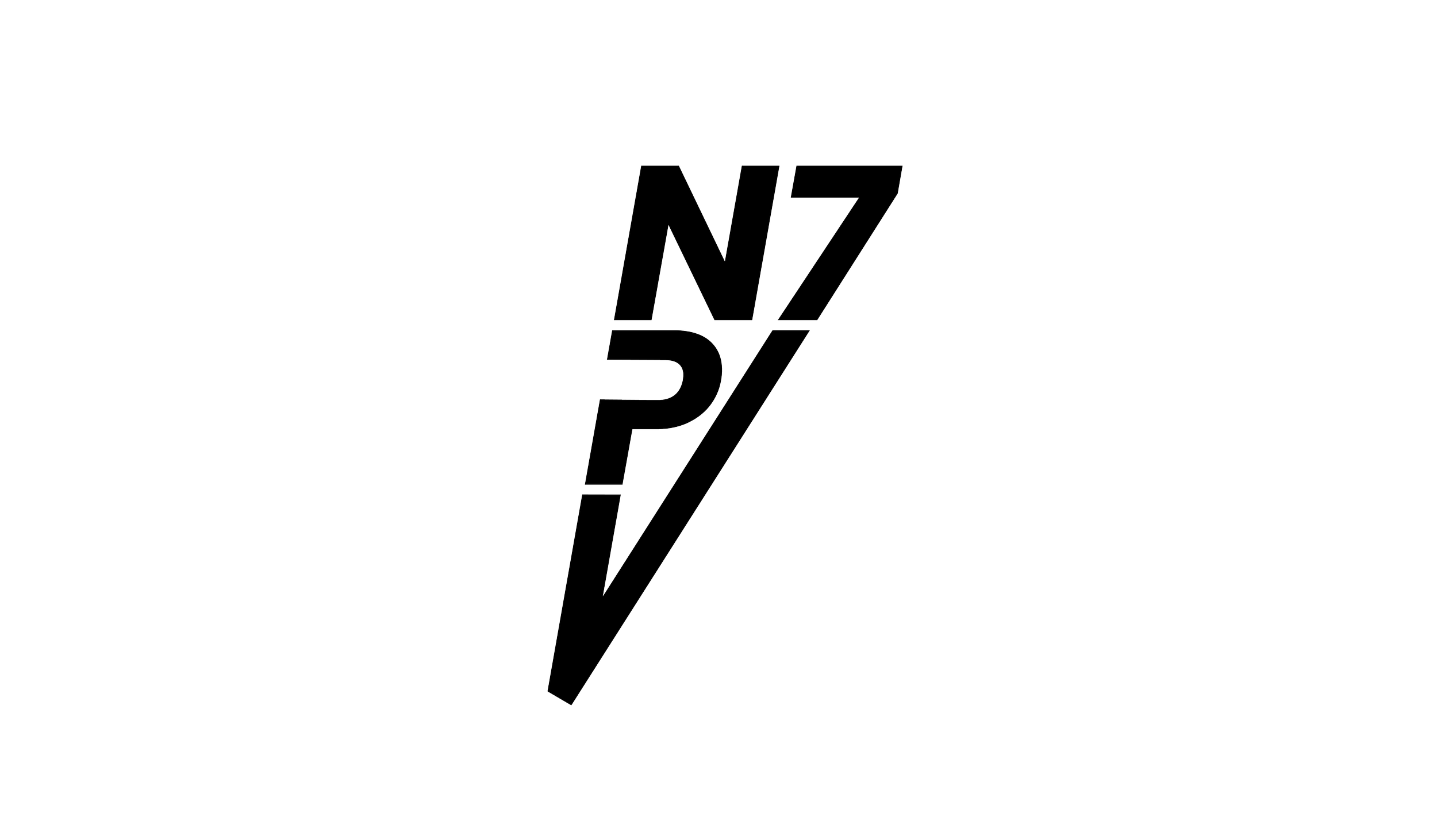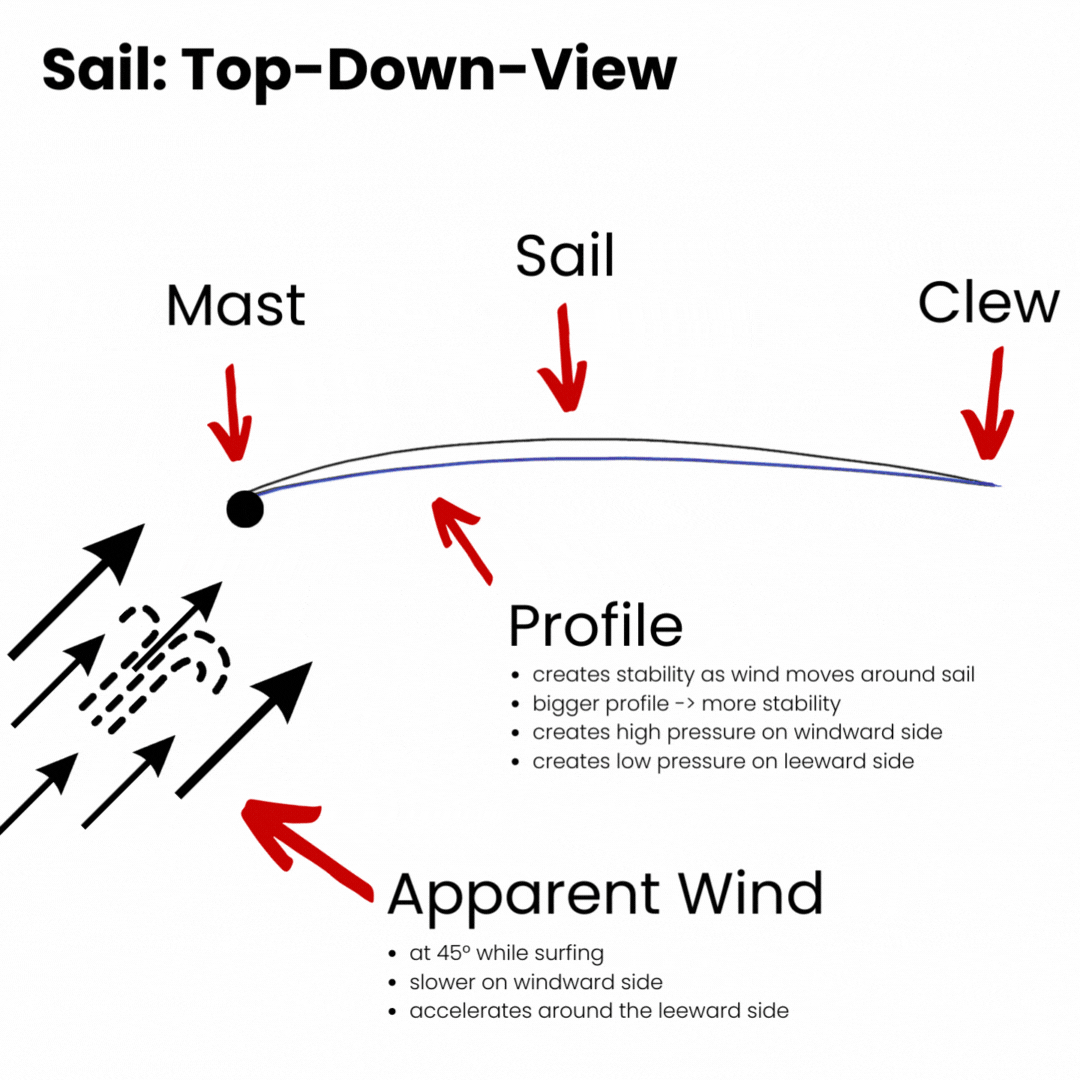3 TRIMMING MISTAKES almost EVERY WINDSURFER makes.
As simple and as beautiful Windsurfing is, the technique and equipment can be complex. It combines so many different factors, which makes for almost endless possible mistakes.
Somehow, with all these different factors there are a few mistakes that I see happen very often. They appear across different skill levels and seriously impact performance and fun on the water.
Here’s a list of three most common windsurfing mistakes and how to correct them. At the end you will find a checklist, which you can keep with you at the beach.
1. Too little downhaul tension: How to find your perfect downhaul tension
The most common rigging and trimming mistake I see is too little downhaul. This is often combined with too much outhaul tension. This is a tuning technique I have previously recommended when using a fin sail on a foil board.
However, on a normal windsurfing board this will not work and make things very physical for you. Let me explain:
The downhaul tension determines how much your mast bends, the sail in the top comes loose and therefore how much the sail twists.
The twist allows the sail to open when the wind hits your sail.
When you start planning the apparent wind does not play a big role, but the more you get to cruising speed, the more you will have the wind coming at you at 45°.
If the upper leech does not open, and the sail therefore doesn’t twist, you will run into a resistance very soon. At a certain point you will not go faster, but the pressure in the sail will increase. The pressure in your sail can not be transferred into speed. This also creates the effect of the nose of the board getting pushed down onto the water surface.
Therefore enough downhaul tension is crucial for easy sailing and maximum performance. The easiest way to find the right downhaul tension is when the sail brand gives you a loose leech indicator dot in the top of the sail. If you have that, trust the sail manufacturer and apply tension until the loose leech comes to the indicator.
Every sail brand has a different design philosophy, which is why the perfect downhaul tension differs from brand to brand and model to model. You now know how it feels when you have too little downhaul tension. If you’re experiencing this feeling, go ahead and increase tension in 0,5 - 1 cm steps.
Do exactly that until you feel that you have too much downhaul.
Here’s how you you’ll know that you have too much downhaul tension:
Once you over downhaul the sail the pressure point will become very undefined. You will constantly move your sail forth and back and have difficulty finding the right position. The loose leech will open so much that transferring backhand pressure into pressure onto the fin becomes very difficult. The feeling of pressure in the sail from being in a windhole and in a gust will feel bigger the more you over downhauled your sail. When entering a gust, the board will tend to rise easily with the nose.
If you’re experiencing all these problems, you can decrease downhaul tension by 0,5 - 1 cm. With these steps you will find the perfect downhaul.
Take care, because too little backhand pressure can also be a result of having the harness lines too far in the back or over outhauling the sail.
2. Too much outhaul tension: How to find your perfect outhaul tension
A frequent misconception is to apply a lot of tension to the ropes between boom tail-end and the outhaul clew. I’ve even seen people pressing their feet against the boom to get tension.
With such an approach you will completely lose the shape of your sail. Why is the shape important? The more shape a sail has, the more stable and easy it will feel in your hands. Slalom or foil race sails have a massive mast sleeve with cambers, creating a deep shape, which makes for a very stable feel. It won’t go out of control as easily, when hitting a gust.
A flat sail on the other hand is more nervous. Therefore even maneuver sails are meant to have a slight profile, instead of being completely flat. In non-cambered sails the profile starts building, once wind hits the sail. With too much outhaul tension, the sail can’t build a profile.
Therefore it is important to not “kill” the sail with too much outhaul tension. It will result in a feeling of nervousness and - just like with too much downhaul - a big difference in pressure between windhole and gust.
On the other hand, having too little downhaul will blow up the sail too much and create an inefficient profile, which slows you down and does not release enough pressure in the gust.
Of course, in very lightwind (when you should actually be on a bigger sail) you can consider loosening your outhaul tension, so that at least you’ll be planing.
A good rule of thumb for the right outhaul tension is that when you sheet in, the sail should just touch the boom.
3. The wrong mast: How to find the right mast
It’s widely underestimated how much of an impact the right or wrong mast on the sail has. This is not only from a perspective of high-end performance. The wrong mast can have similar negative effects as the above explained problems of too little downhaul or too much outhaul tension.
As explained before, different brands have different design philosophies. Some believe in a constantly bent mast. while others believe the mast should flex more in the top or bottom part of the sail.
This is a rather complex topic, which is well explained by unifiber here:
https://www.unifiber.net/windsurf-masts/bend-curves
I try to simplify what you need to know:
Use a mast that was designed for your sail. The safest option is to use the mast from the same brand as your sail. You’re better off with a perfectly matching 70% Carbon mast than a 100% Carbon mast with the wrong bend curve.
Below you can find a detailed chart from my Surfshop Surfcenter x Unifiber, which shows exactly which mast fits for which sail brand. If you have any further questions on this topic, feel free to reach out to us via WhatsApp: https://wa.me/31850481281 .
With these three basic tips on how to rig and trim your sail, you’ll be safe to avoid the most common mistakes.
And now get out there and have fun!
Checklist
Too little downhaul tension:
Loose leech doesn’t open
You feel a resistance at a certain speed
The sail powers up but you don’t accelerate
The nose of the board gets pushed down
Use the indicator in the sail if you have
Too much downhaul tension:
Sail pressure between wind hole and gusts is big
Too little backhand pressure
Difficult to get planing
Nose rises easily in gusts
Too much outhaul tension:
Sail stays completely flat with pressure in sail
Sail pressure between wind hole and gusts is big
Too little backhand pressure
Difficult to get planing
Sail should just touch the boom with pressure
Too little outhaul tension:
You feel a resistance at a certain speed
The sail powers up but you don’t accelerate
You can’t close the sail anymore
Support the tutorials and get access to more
Tutorials, Guides and Giveaways
BECOME A MEMBER - SUPPORT THE PROGRAM
☑️ All PDF Tutorials
☑️ Enter Monthly Exclusive Giveaways
☑️ Surfcenter T-Shirt (yearly membership)
☑️ Early Access to Clinics





